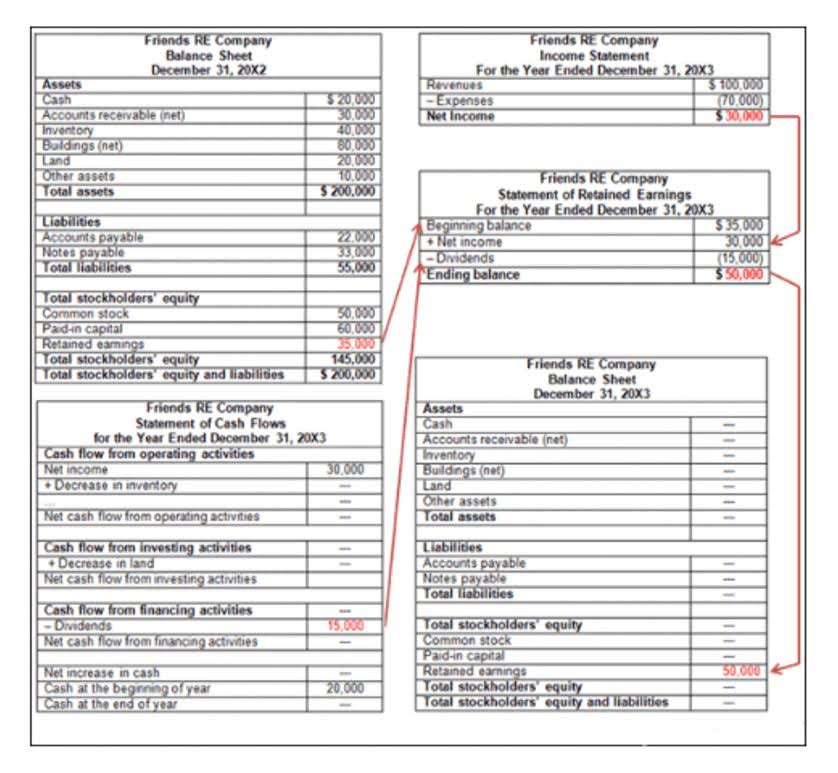
In contrast, the table below lists examples of non-current liabilities on the balance sheet. When cash is deposited in a bank, the bank is said to “debit” its cash account, on the asset side, and “credit” its deposits account, on the liabilities side. In this case, the bank is debiting an asset and crediting a liability, which means that both increase. The accounting equation is the mathematical structure of the balance sheet. Liabilities in financial accounting need not be legally enforceable; but can be based on equitable obligations or constructive obligations. An equitable obligation is a duty based on ethical or moral considerations.

IAS 37 Provisions, Contingent Liabilities and Contingent Assets
You’ll learn what liabilities are, their types, how they’re calculated, and how they impact your financial statements. Some of the liabilities in accounting examples are accounts payable, Expenses payable, salaries payable, and interest payable. Liabilities in accounting meaning show it as an obligation, which makes the companies legally bound to pay back as they do in case liabilities in accounting of a debt or for the services or the goods consumed or utilized. Additionally, maintaining accurate cash flow projections is essential for anticipating future financial needs.
- Lease payments are a common type of other liability in accounting.
- Liabilities are the commitments or debts that a company will eventually have to pay, whether in cash or commodities.
- If you use a bookkeeper or an accountant, they will also keep an eye on this process.
- Explore internal links for deeper topics and more examples of liability in Commerce.
- Here are a few quick summaries to answer some of the frequently asked questions about liabilities in accounting.
Example 1 – Current Liabilities
Effectively managing liabilities isn’t just about keeping track of numbers—it’s about ensuring operational stability, improving cash flow, and positioning your business for sustainable growth. In accounting, liabilities are debts or obligations a business owes to others. These stem from past transactions and represent commitments the business must settle in the future, often through cash, goods, or services. Liabilities in accounting are recorded as financial obligations, but these act as the most efficient resource for companies to fund capital expansion. In case of sudden requirements, a liability helps entities pay for operations and then return the finance as applicable to the lenders. For a bank, accounting liabilities include a savings account, current account, fixed deposit, recurring deposit, and any other kinds of deposit contribution margin made by the customer.
Free Course: Understanding Financial Statements
Unearned revenue arises when a company sells goods or services to a customer who pays the company but doesn’t receive the goods or services. The company must recognize a liability because it owes the customer for the goods or services the customer paid for. These debts usually arise from business transactions like purchases of goods and services. For example, a business looking to purchase a building will usually take out a mortgage from a bank in order to afford the purchase.
- When a liability is eventually settled, debit the liability account and credit the cash account from which the payment came.
- Notes Payable – A note payable is a long-term contract to borrow money from a creditor.
- On the other hand, Non-current liabilities, even if they are not due immediately, can have an impact on a company’s long-term financial stability and creditworthiness.
- When a business borrows money, the obligations to repay the principal amount, as well as any interest accrued, are recorded on the balance sheet as liabilities.
- While assets represent what an entity owns, liabilities represent what it owes.
The important thing here is that if your numbers are all up to date, all of your liabilities should be listed neatly under your balance sheet’s “liabilities” section. Bench simplifies your small business accounting by combining intuitive software that automates the busywork with real, professional human support. Liability may also refer to the legal liability of a business or individual. Many businesses take out liability insurance in case a customer or employee sues them for negligence. Deciding when to fire an employee requires careful consideration and a clear understanding of how their actions impact the team and company … Using accounting software can help ensure that each journal AI in Accounting entry you post keeps the formula in balance.
